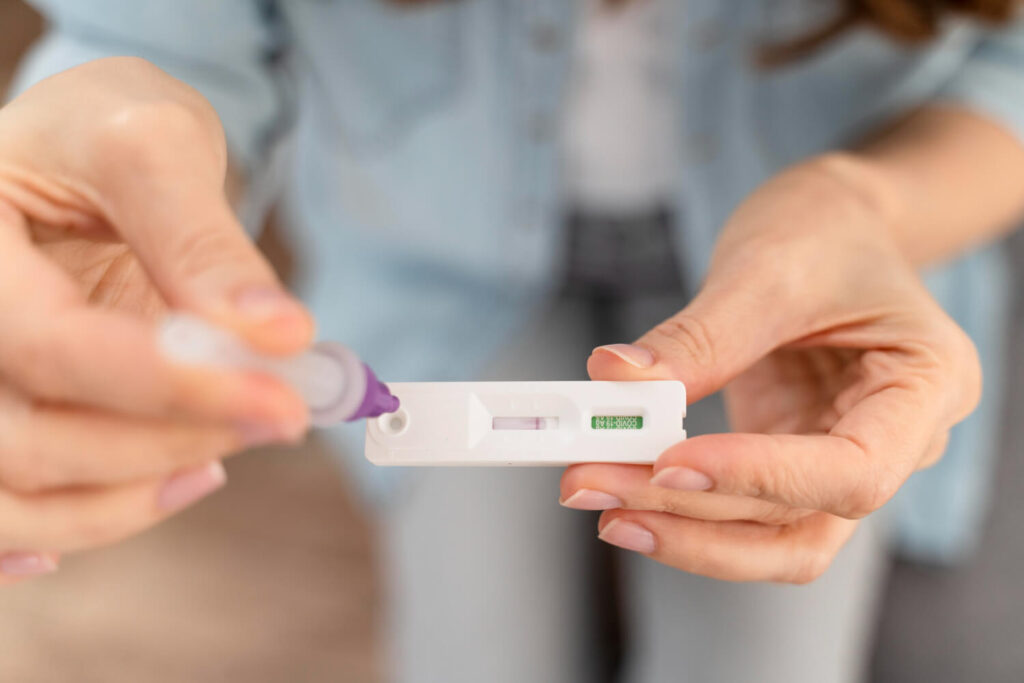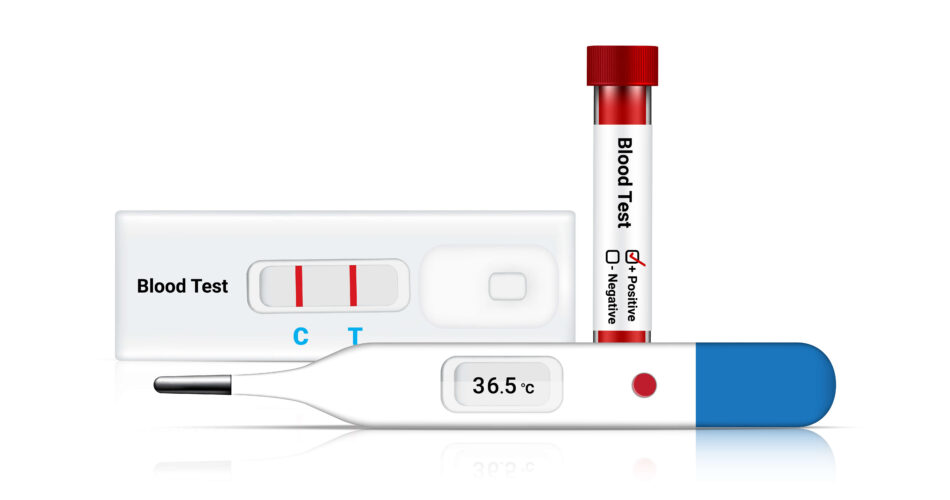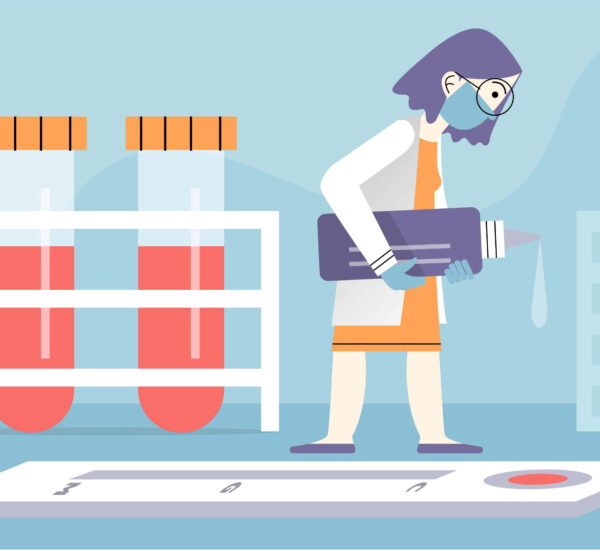One of the notable developments in the medical field is the advent of HIV self-test kits. This invention changes the landscape of HIV treatment as it empowers individuals to take control of their health. With the rising threat of HIV infection, access to this tool can protect public health against the spread of the virus. That’s because getting diagnosed through self-test kits allows early intervention and management of the condition.
While that reason alone provides a great benefit to public health, there’s more to it that individuals must know about HIV self-testing. Discover everything about HIV self-test tools in this comprehensive guide below. Let’s begin!
Understanding HIV and Its Impact on Health

Human Immunodeficiency Virus (HIV) is a virus that attacks the immune system, specifically the CD4 cells. These cells play a crucial role in fighting off infections and diseases. That’s why when someone contracts HIV, their immune system becomes compromised, making it difficult for the body to defend itself against various illnesses.
While HIV is commonly related to sexual relations, people must understand that this condition is more formidable than that. It remains one of the conditions that is constantly rising, which the World Health Organization has been monitoring. According to their latest tally, around 42.3 million individuals have this illness globally.
Due to the ongoing transmission of the virus, it only means the numbers can still grow. That can only be prevented if early detection and intervention can take place. Fortunately, with the use of HIV self-test kits, it can be possible.
Risk Factors of HIV
As mentioned, one of the common transmission methods for contracting HIV is sexual contact. When an HIV-positive patient decides to be in an unprotected sexual relationship, it can threaten the health of their partners due to contact with body fluids. That involves semen, vaginal fluids, etc. Those substances are the most known reasons why people can get HIV, but other situations can also lead to HIV infection.
Here are some of the possible factors or transmission methods that can result in HIV infection:
- Breastfeeding of a mother with HIV to their newborn
- Blood transfusion using whole blood from an HIV patient
- Sharing of needles for drugs and other acts
Moreover, individuals can also develop HIV if they have a medical history of STI conditions. These conditions may involve the following:
- gonorrhea
- syphilis
- herpes
- chlamydia
Take note that while sexual interaction remains a common form of transmission, casual contact like hugging and kissing cannot transmit HIV. At the same time, sharing of utensils cannot trigger a reaction for people to develop HIV infection.
Role of HIV Self-test in Preventing HIV Infection

Learning about one’s health begins with acknowledging the possible threats present. By undergoing a diagnostic test like the HIV screening, it allows people to be aware of their current health status. That’s because HIV exposure can be at play, especially when exposed to the risk factors mentioned. In short, this easy access to test kits for HIV revolutionizes the healthcare setting, allowing people to make intervention choices immediately.
The Evolution of HIV Testing
Over the years, HIV testing methods have evolved, becoming more efficient and accessible. Traditional testing methods continue to be crucial, but the emergence of HIV self-testing offers a new avenue for individuals to take charge of their health.
Traditional HIV Testing Methods
Traditional HIV testing methods typically require individuals to visit healthcare facilities or specialized clinics. These methods involve collecting blood or oral fluid samples, which are then sent to laboratories for analysis. Results are typically delivered in person or over the phone by healthcare professionals.
While effective, traditional testing methods have certain limitations. These include potential inconvenience, long waiting times for results, and a need for transportation to healthcare facilities, which may not be easily accessible for everyone.
Benefits of HIV self-testing

Taking control of one’s health is just one of the common reasons why HIV self-testing is a great deal. However, there are other reasons why an HIV self-test is promoted for use by health departments. Let’s discuss them below!
Promotes Privacy
Types of tests that promote self-testing for HIV help people to take care of this sensitive information, especially with the stigma against HIV-positive patients. Individuals can be at a private location like their own home for home testing to ensure the privacy of their condition details.
User-friendly
Another reason why self-tests are encouraged for use is due to their easy-to-use nature. HIV self-test kits have been designed to simplify the process of HIV testing services during the past years. Thus, allowing for patients to be a step closer towards health intervention.
Provides Accurate Results
On the other hand, some HIV self-test kits claim at least 99.8% accuracy. That’s why types of tests like this are encouraged for use by the medical department to individuals. However, it is important to use this health tool correctly for accurate results and diagnosis.
How HIV Self-Testing Works
HIV self-testing involves a straightforward process using a rapid HIV test that individuals can easily follow. It is important to note that self-tests should be conducted according to the instructions provided in the specific kit.
The Process of Self-Testing
Performing an HIV self-test is a relatively straightforward process. This may involve placing the sample in a test tube or cassette, adding reagents, or inserting the test strip into a reader device. The results are usually available within a short timeframe, ranging from a few minutes to half an hour.
Let’s discuss the step-by-step procedure for a better understanding of how to use an HIV self-test:
- Wash the hands thoroughly to ensure no debris will mix with the content of the blood sample.
- Prick the finger using the lancet of the HIV self-test kit.
- Use the specimen collection kit to collect the blood.
- Apply the sample to the designated area of the test kit.
- Follow the instructions for the required waiting time for results
An additional approach involves other types of specimens such as oral fluids. It can be obtained using the oral swab included in the test kit. That’s why it is ideal to follow the instructions to know which specimen will be used for the test.
Meanwhile, it is crucial to note that HIV self-tests are convenient and provide quick results. Usually, the test kit result will be ready in 15 minutes, showing if the patient is HIV positive or negative.
What to do After Testing

Interpreting Your HIV Self-Test Results
After the process of self-testing, the kit commonly includes how to determine the test results. Usually, the test kit involves the use of lines to know if the person is HIV positive or negative.
- Positive result: The test result shows 2 lines beside the Test (T) and Control (C) of the Kit
- Negative result: The test result shows 1 line beside the Control (C) section of the kit
Of course, some tests may provide different results such as no line appearing, or a faint double line. In that case, it is best to seek a healthcare provider to determine and understand the result.
Understanding Positive Results
A positive result on an HIV self-test indicates the presence of HIV antibodies or antigens in the sample provided. It is important to remember that a positive result does not confirm an individual’s HIV status, as additional confirmatory testing is required at a healthcare facility.
Understanding Negative Results
A negative result on an HIV self-test indicates the absence of HIV antibodies or antigens in the sample provided. However, it is important to note that self-tests have a window period during which HIV may not be detected accurately.
If an individual receives a negative result but has engaged in behaviors that put them at risk of HIV transmission during the window period, it is recommended to undergo additional testing after the window period has elapsed or consult with healthcare professionals for further guidance.
Frequently Asked Questions
Where to buy an accurate HIV self test?
Accurate HIV self-test kits can be purchased online or at pharmacies. It is important to ensure that the kit has been approved by regulatory bodies and provides clear instructions for use. Additionally, some health organizations may offer free HIV self-test kits as part of their outreach programs. Always verify the credibility of the source before purchasing a self-test kit to ensure accurate results.
What to do if the HIV self-test won’t work?
When seeking an HIV self-test kit, always prioritize approved and credible sources to avoid any discrepancies in results. In case of any issues with the test kit, reaching out to customer service or healthcare providers is crucial for proper guidance and support. Stay informed, stay safe.
How to know if the self-test kit is expired?
Just like other health tests, a self-test kit also has an expiration date. You can find this information on the box or the packaging of the test. Make sure to check this out before using the test as it can influence the final result.
Conclusion
Overall, HIV self-testing serves as a valuable tool in empowering individuals to take control of their health. It contributes to early detection, allowing for timely medical interventions, and reducing the risk of further transmission. In short, it is an essential health tool to help individuals acknowledge HIV threats. Thus, allowing individuals to make informed decisions, and promote personal health and well-being.
Begin your journey towards understanding HIV infection by checking your health status. Take an HIV self-test today by booking an online consultation with an infectious disease doctor!



